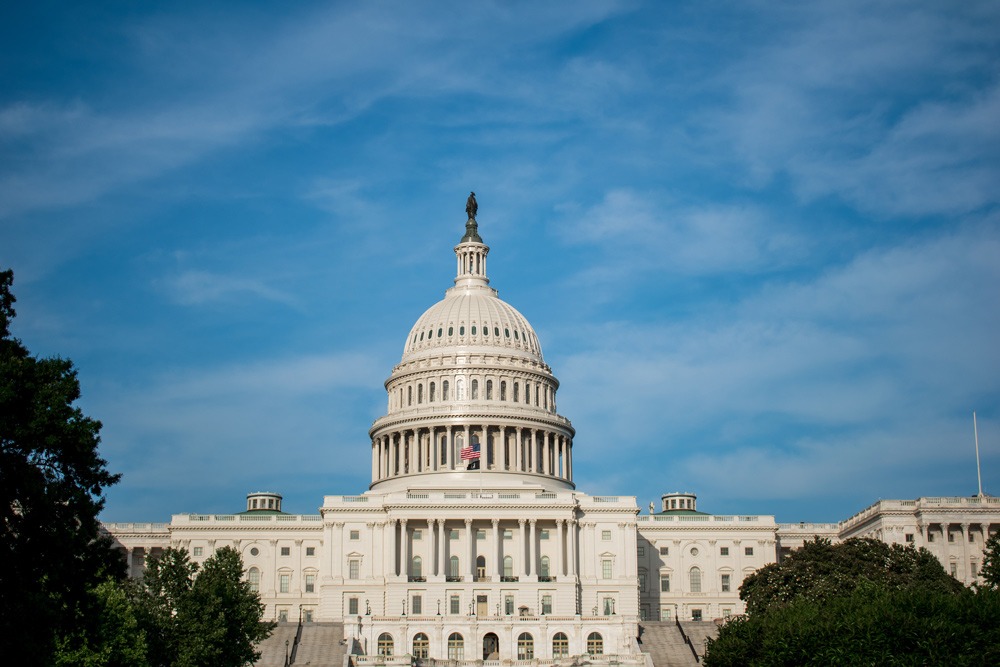
While an announcement that borrowers of federal school loans will have their outstanding balance cancelled—or at least will get $50,000 forgiven—is still hoped for by many, work has started on deconstructing the existing federal school loan system to assist those who have qualified, or should have qualified, for cancellation of their debt but never made it across the finish line.
One measure now being taken promises—finally—to enable people who took public sector and nonprofit jobs and dutifully made 120 monthly payments to have their outstanding debts written off, as Congress envisioned when it passed the Public Service Loan Forgiveness (PSLF) Act in 2007. Over 500,000 individuals could benefit.
Of course, this is just one step in the process of dismantling a dysfunctional system of paying for higher education—not as a public good, but rather as a private consumption expenditure backed by individual student debt. While pundits debate which students merit forgiveness, the reality is that the entire system is broken.
For example, borrowers are often encouraged to defer payments in their early post-collegiate years, only to learn, for example, that the $17,000 they once borrowed for school is now $65,000, due to $48,000 in accumulated interest. Where did I come up with those numbers? Truth be told, those numbers tell the story of my own student debt, and the rise in debt occurred even though I did not miss a single payment.
Add my case to those of another 43.2 million student loan borrowers, and the debt load for students nationwide has grown to $1.7 trillion, with $1.57 trillion of that debt held by the federal government.
NPQ has been covering the federal college loan program for years. Borrowers were told that they were making solid investments in their futures by taking out student loans to enhance their own human capital.
Loan servicers are profiting. Student loan borrowers—not so much.
The results of the nation’s current federal student loan regime can be seen everywhere in diminished lives. Among the documented social impacts of student loan debt are delays in marriage, reduced entrepreneurship, reduced homeownership, depressed retirement savings, and overall increased economic instability.
Demographic data reveal that women take on more education debt than men and the American Association of University Women reports that Black women owe 22 percent more than white women. Black Americans owe an average of $25,000 more than white college graduates. That debt affects women’s, especially Black women’s, economic standing into their future; the ability to repay the loans is hampered by gender wage and racial wealth gaps. When payments are slower, interest accrues to the point that women now hold almost two-thirds of the outstanding loans.
A further hindrance to the economic wellbeing of the borrowers is that at least 18.6 percent of those borrowers are over 50 years old. Student loan debt can delay retirement at the very least. The older students are the nontraditional ones—those students who go to college later to improve their employment possibilities, when they have fulltime jobs and families. If they become disabled in the meantime, opportunity exists to cancel the federal student loans, but that program has been broken as well.
People with disabilities were the first category that President Joe Biden’s administration took on its effort to fix the dysfunctional federal school loan program in incremental piece-by-piece fashion. Those borrowers who had documented permanent disabilities, an estimated 323,000 people, had their school loans cancelled en masse in August. With this first step in deconstructing the federal student loan system, $5.8 billion in student loans for disabled borrowers were cancelled.
Sign up for our free newsletters
Subscribe to NPQ's newsletters to have our top stories delivered directly to your inbox.
By signing up, you agree to our privacy policy and terms of use, and to receive messages from NPQ and our partners.
Addressing the failure of the PSLF program, created in 2007, is the second major step taken by Biden’s team. According to the law, student debt should be cancelled after 120 timely payments if the individual had been employed at a nonprofit; as a teacher; or at a federal, state, local, or tribal government agency. In 2019, it was reported that 99 percent of those applying to have their debt cancelled were denied.
The major cause of PSLF disqualification has been due to borrowers choosing the “wrong” loan product. In the first three years of the program, loans had to originate as direct government loans. A change was made in 2010 that made all federal student loans directly from the Education Department. Then there were four repayment plans, but only two qualified for PSLF, and this is where many borrowers slipped up. For many borrowers, the fact that they had selected a nonqualifying payment plan was often only discovered after ten years of payments had been dutifully made.
With this phase of student loan changes, the US Department of Education will now offer a waiver for those who used ineligible payment plans. There will be an appeal process for those who were denied, and federal employees, along with members of the military, will now be eligible for PSLF automatically. It should be noted that military personnel, who can put their payments on hold if they are deployed, will now have that period of temporary forbearance count towards the 120 months.
“This is a good day for teachers, nurses, service members, and millions of workers serving on the front lines of the pandemic,” said Seth Frotman, a former student loan ombudsman for the Consumer Financial Protection Bureau. Frotman now runs the nonprofit Student Borrower Protection Center. “For too long, those who give the most to our communities and our country have been given the runaround and forced to shoulder debts that should have been canceled.”
One other development, which provides an opportunity for big changes—but which could also be a source of enormous complication—is that the company that handles the federal student loans and loan forgiveness program is not renewing its contract. Pennsylvania Higher Education Assistance Agency (FedLoan) will be phasing out its contract with the feds over the next few months because the program has become “too costly.”
Another servicer, Navient, which has had a problematic history with student loans that includes charges of misleading students that has resulted in multiple class-action lawsuits, is also getting out of the federal student loan servicing business. The US Department of Education has not found a replacement to date.
The federal policy change is a very good thing for PSLF participants. But forgiveness is not automatic. Those who hold federal student loans and qualify must still do the following two things:
- Print out (and download) your entire loan payment history, both PSLF and TEPSLF (the temporary forgiveness category that covers payments made under the “wrong” plans). As the loan servicer changes, FedLoan has promised that records will be transferred intact. But be sure you have copies just in case there are inevitable computer crashes.
- Borrowers must submit a new Public Service Loan Forgiveness (PSLF) & Temporary Expanded PSLF (TEPSLF) Certification & Application form by October 31, 2022. But fill it out and submit it now, while FedLoan is in place, and keep a copy.
Serious note: when you open the link on FedLoan and start to enter information, it will display that you have “0” qualifying loan payments, even though in your account summary on a previous page you can find how many payments were qualifying. Why it displays a zero is a mystery. After you pick yourself up off the floor, complete the online portion and print it out. Send in the signed form as soon as possible!
As federal officials search for a new student loan servicing company, perhaps they should look for a nonprofit, along the lines of a federal credit union. And then—maybe, just maybe, it’s time to unwind the entire system of financing education through private debt.
The author was an older nontraditional student and at 65 is paying off a student loan for her doctoral degree. She is in the Public Student Loan Forgiveness program—six years in PSLF and has 21 payments that are TEPSLF [temporary expanded PSLF program] because she was making payments on the “wrong” plan.











